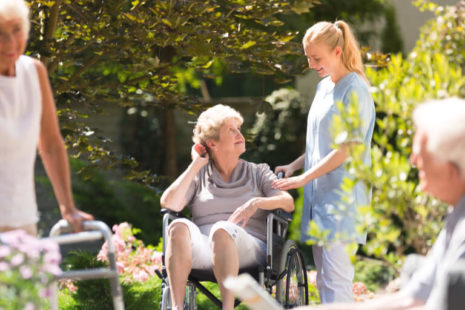The signs of the last days of life can vary depending on the individual and their medical condition, but some common symptoms include:
- Changes in breathing: The individual may experience changes in their breathing pattern, such as shallow or irregular breathing or periods of apnea (temporary cessation of breathing).
- Decreased consciousness: The individual may become less responsive and spend more time sleeping or in altered consciousness.
- Changes in vital signs: The individual’s blood pressure, heart rate, and body temperature may begin to fluctuate or decrease.
- Decreased appetite and thirst: The individual may lose interest in food and drink and begin to consume less, leading to dehydration and malnutrition.
- Increased fatigue and weakness: The individual may become increasingly tired and weak and rest more.
- Decreased urine output: The individual may produce less urine as the body shuts down.
- Changes in skin color and temperature: The individual’s skin may become more relaxed and pale, and they may experience mottling (blotchy skin discoloration) on their extremities.
- Restlessness or agitation: The individual may experience restlessness or agitation or hallucinations, or delirium.
It’s important to note that not all of these signs will necessarily be present in every individual, and the timing and progression of these signs can vary. The hospice team can guide and support the individual and their family during this difficult time. It can help to manage symptoms and provide comfort and support to ensure that the individual is as comfortable and peaceful as possible during this time.







